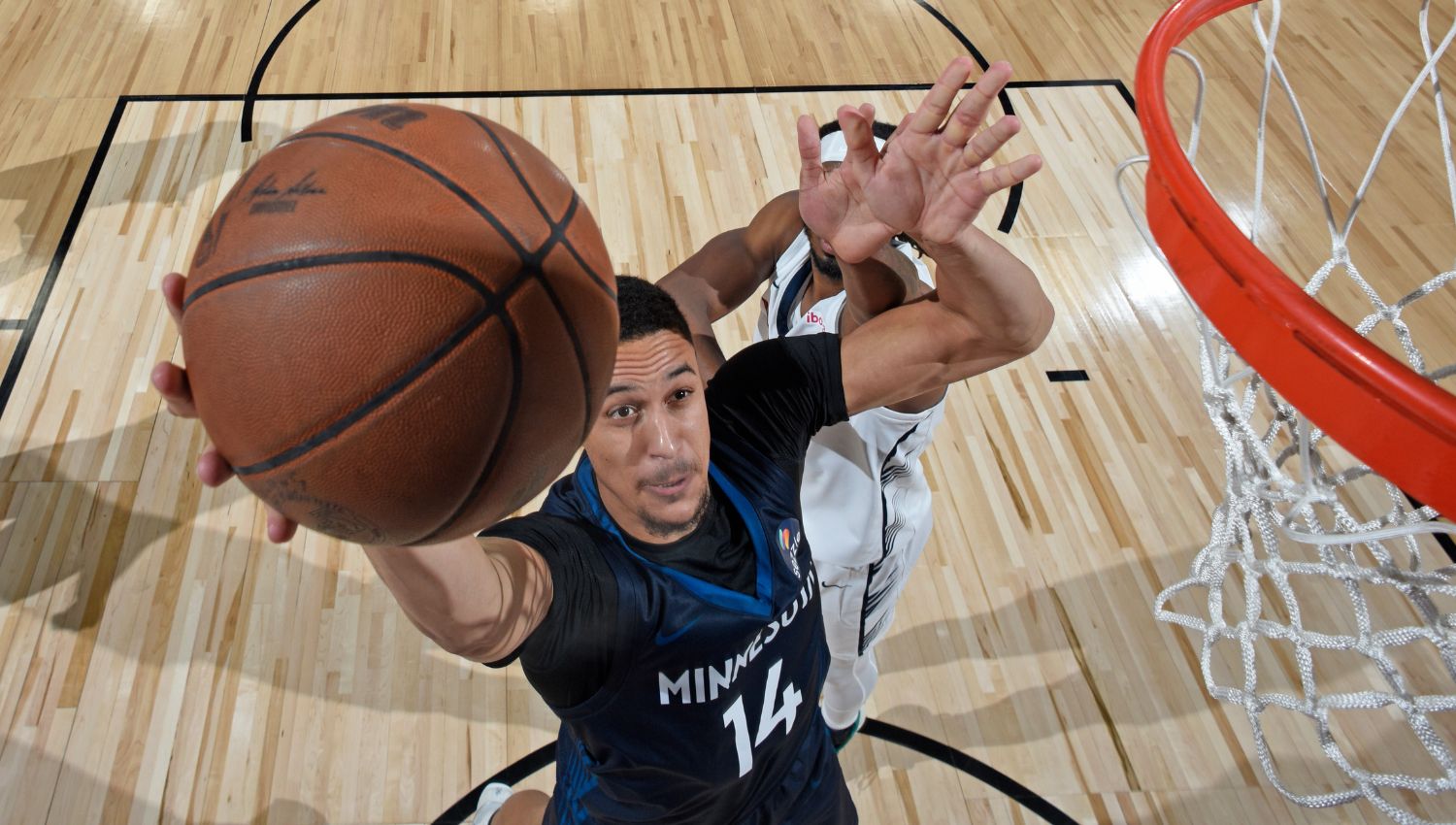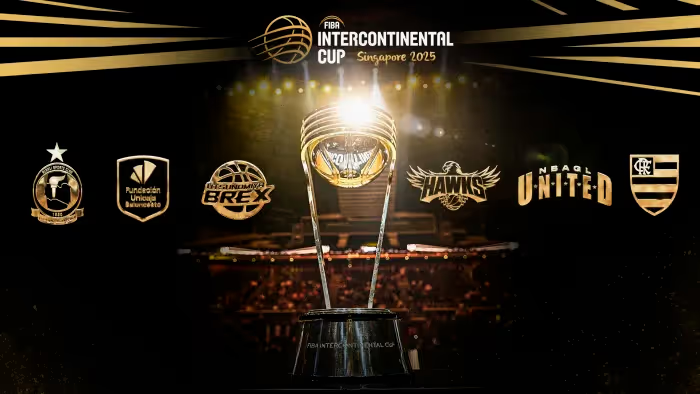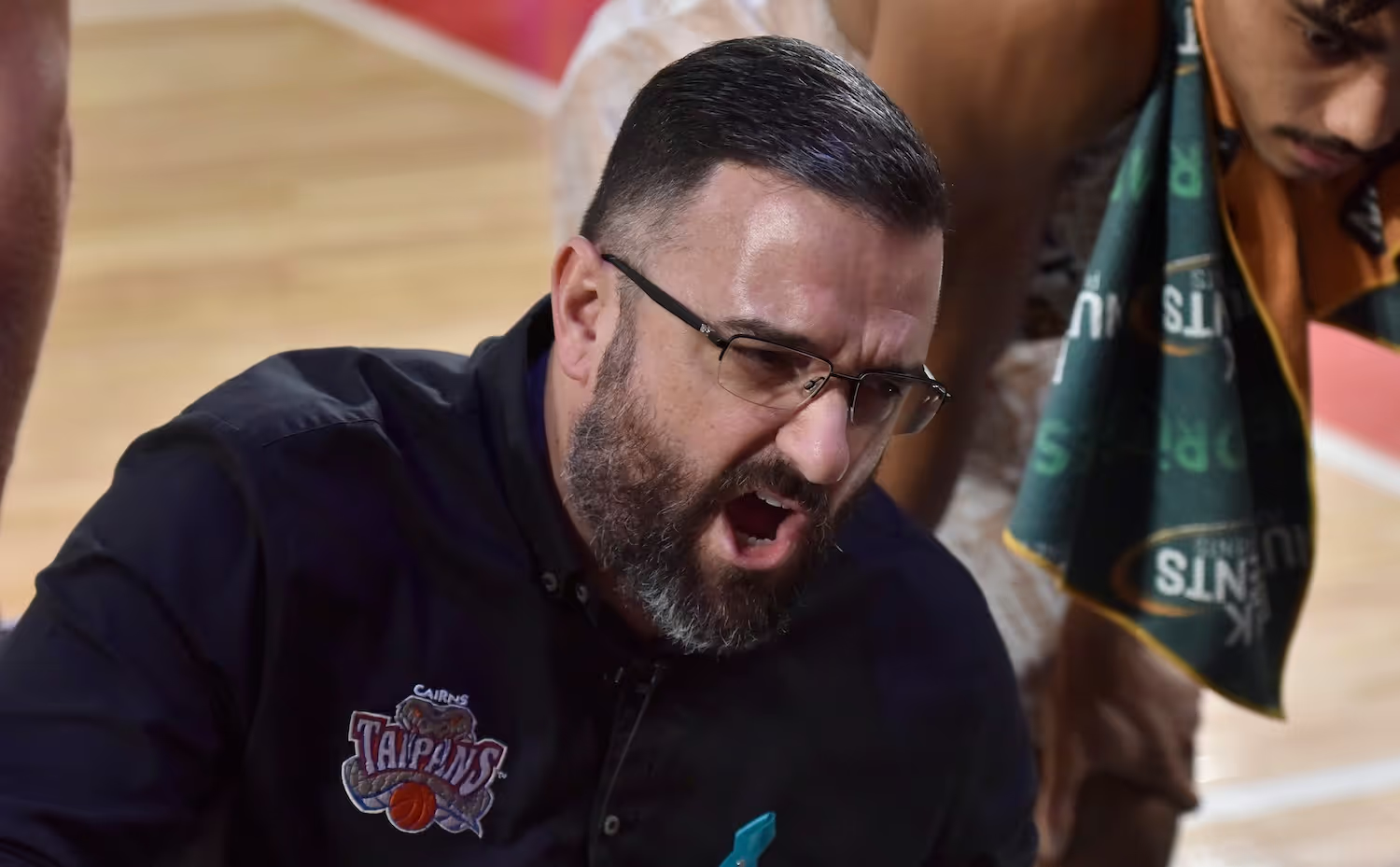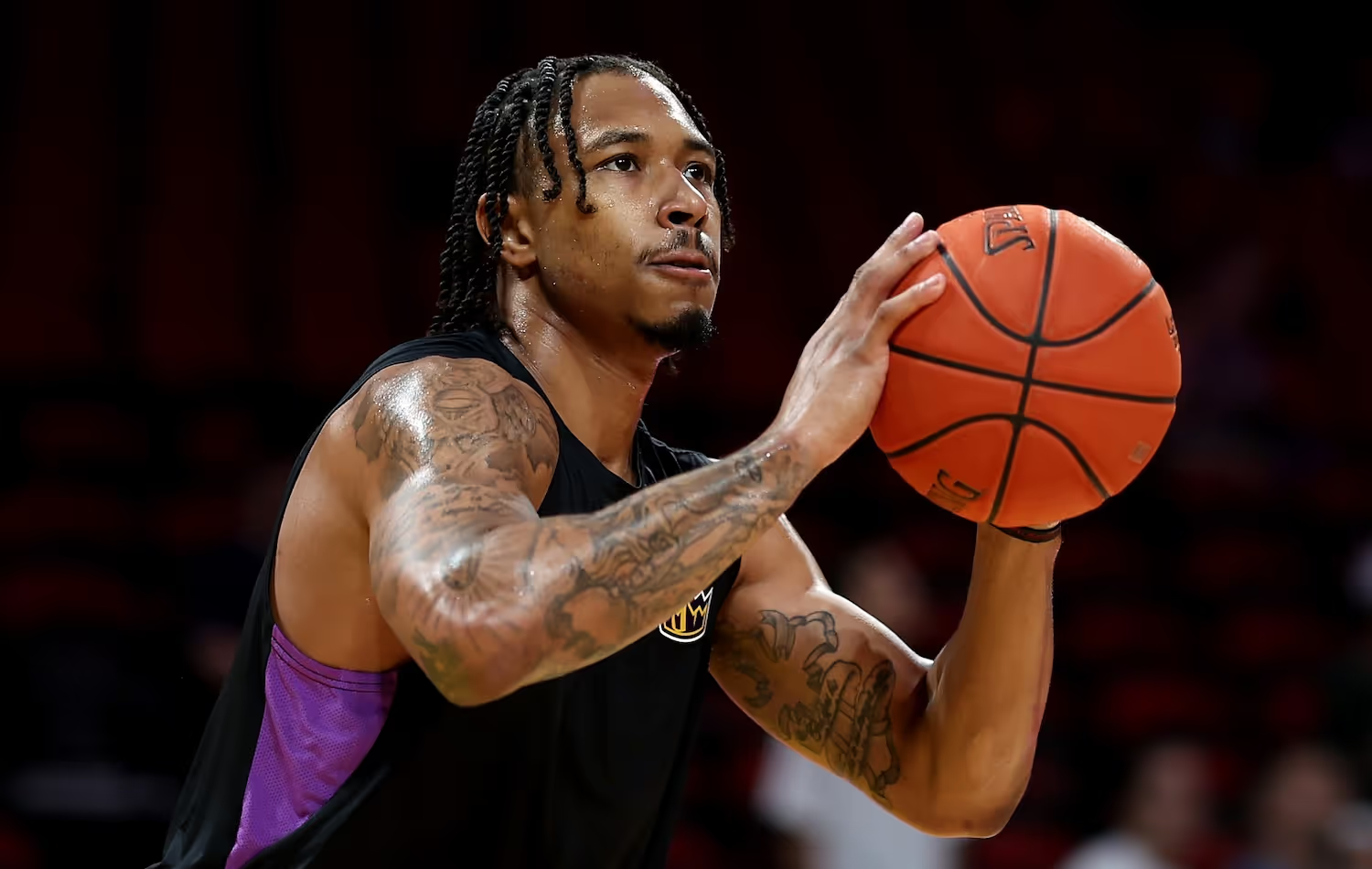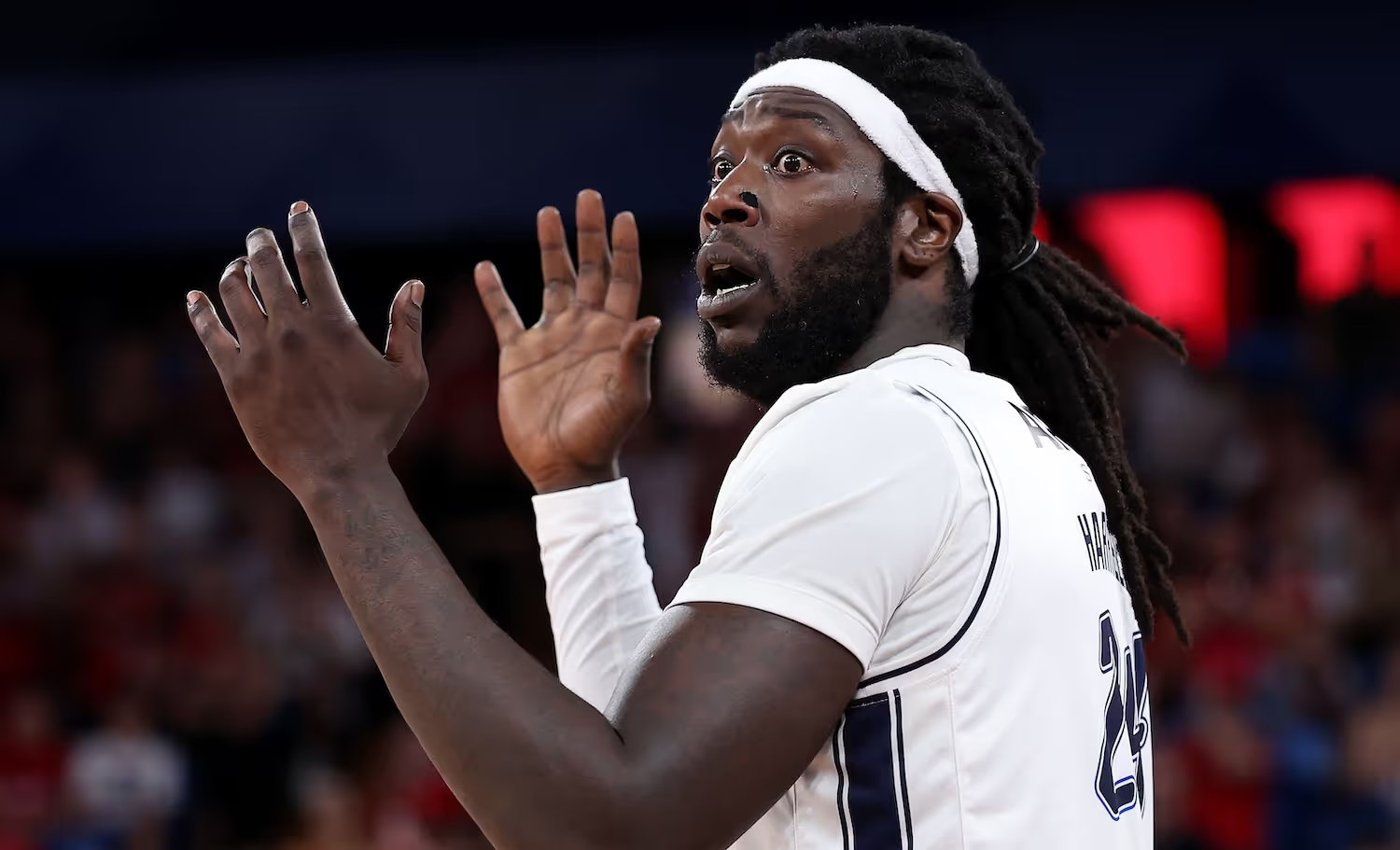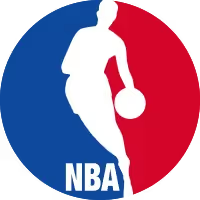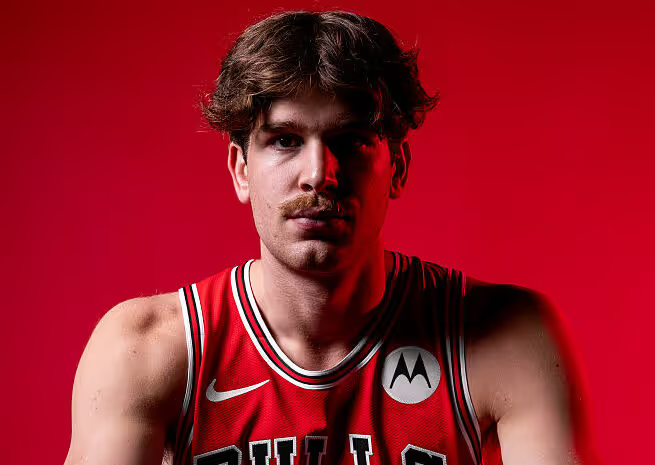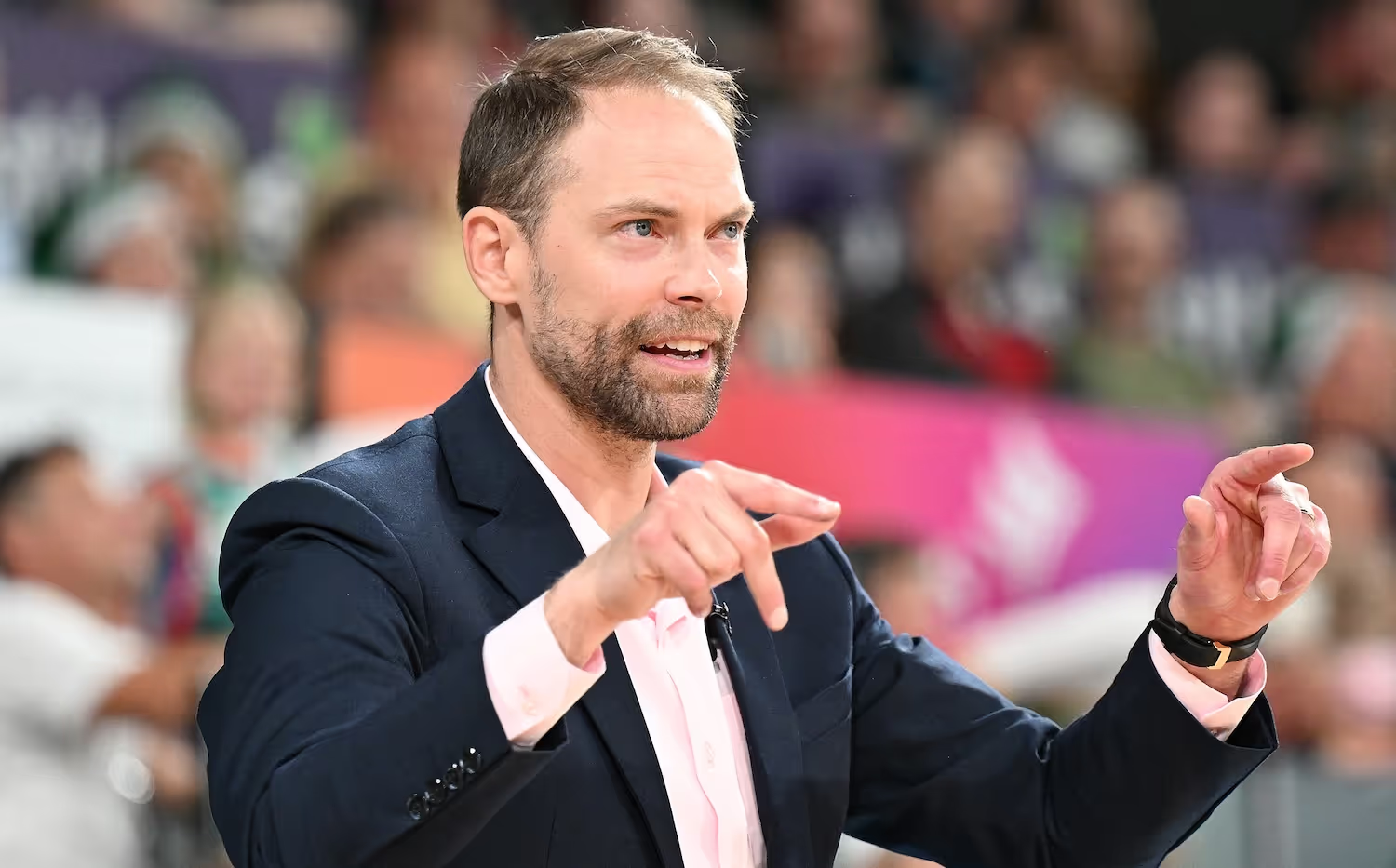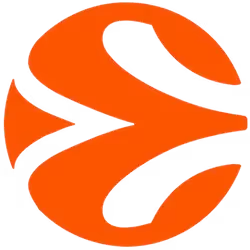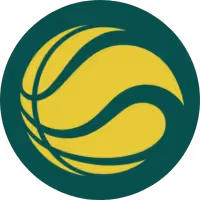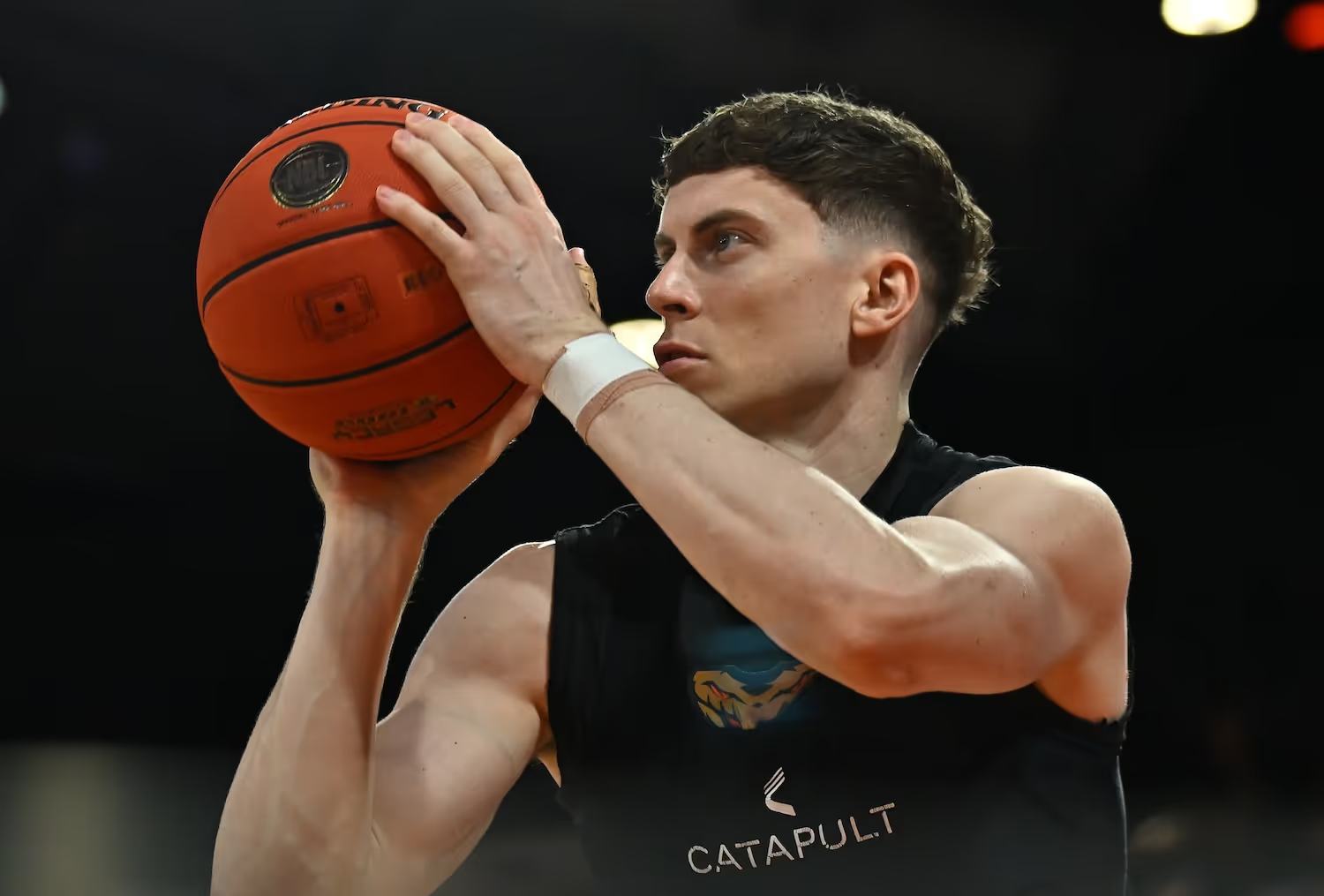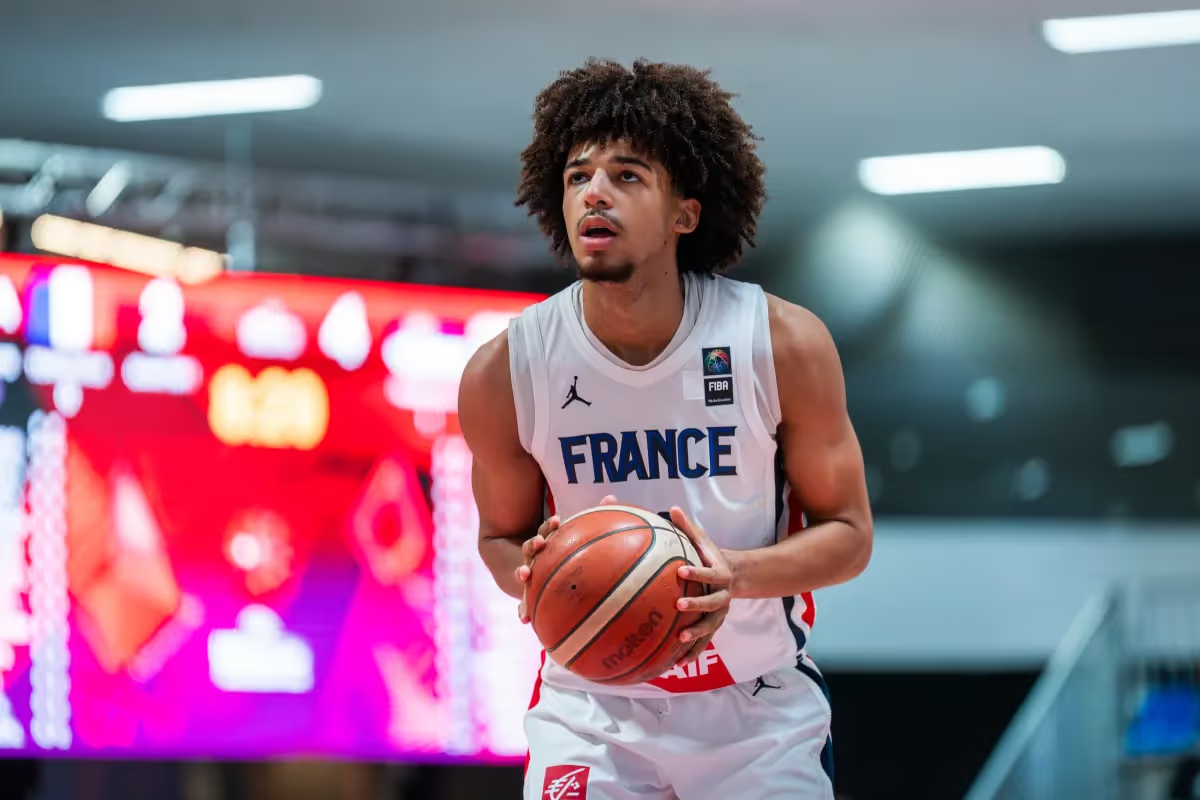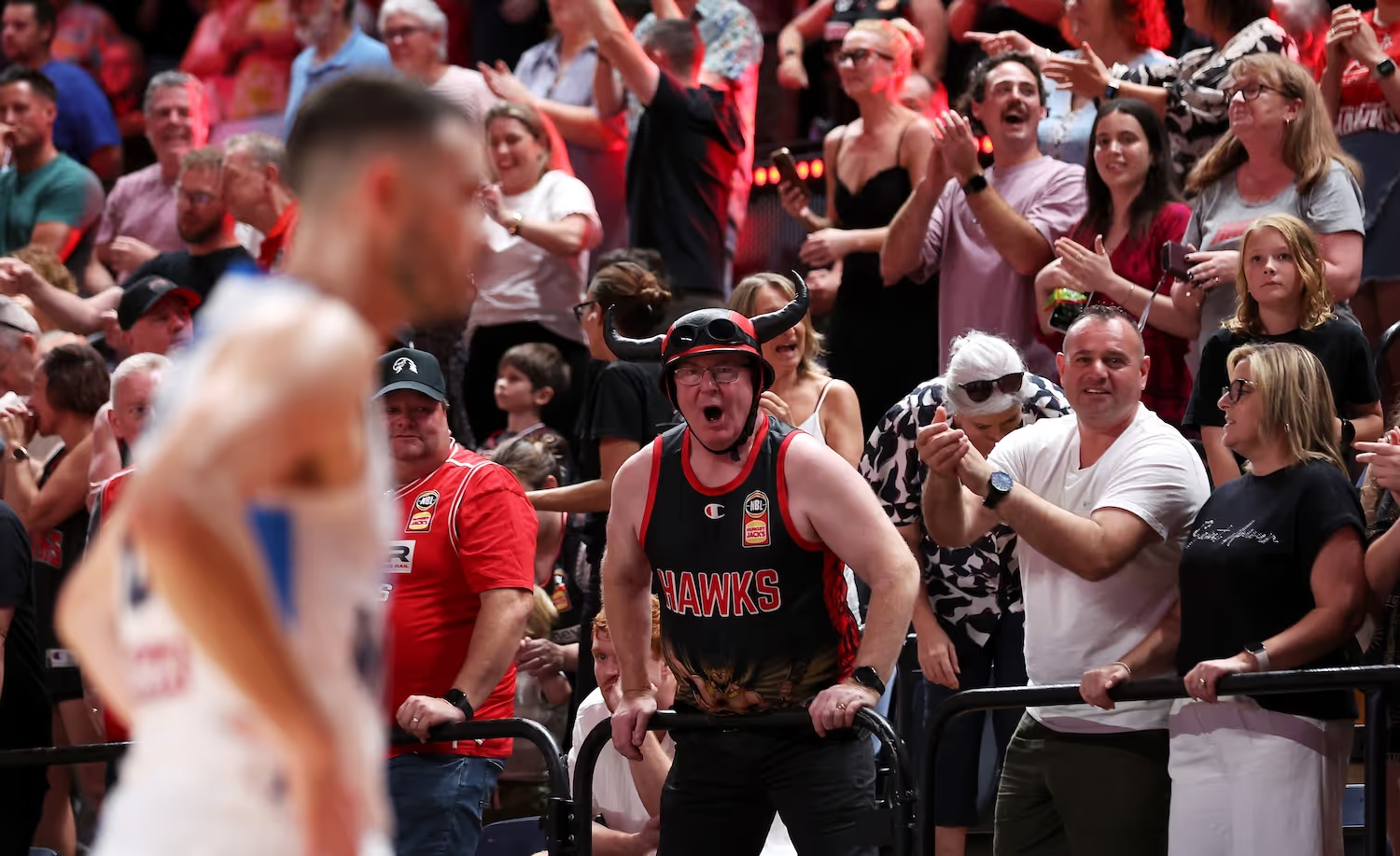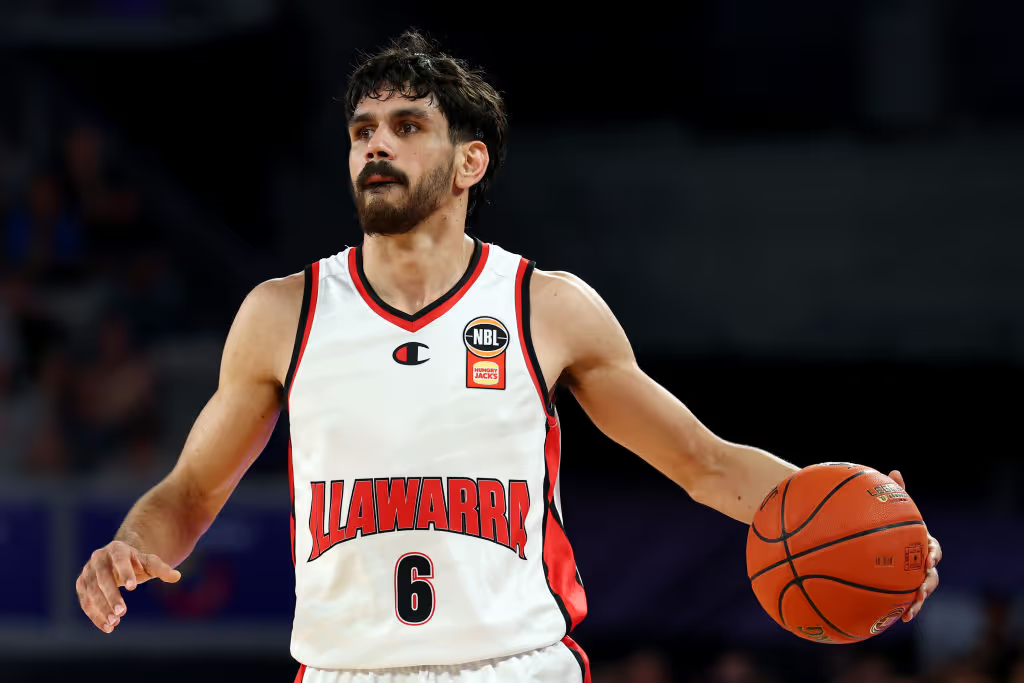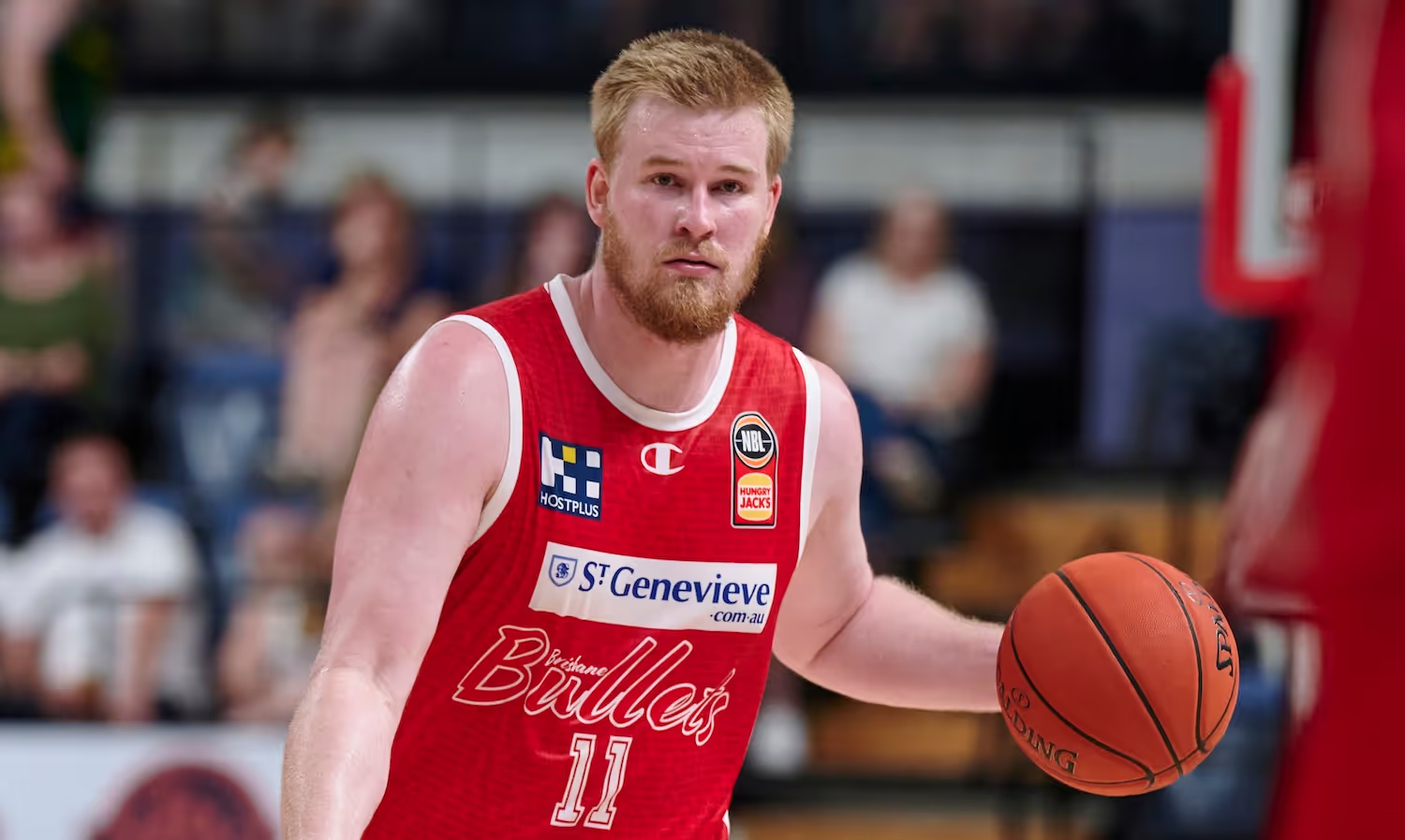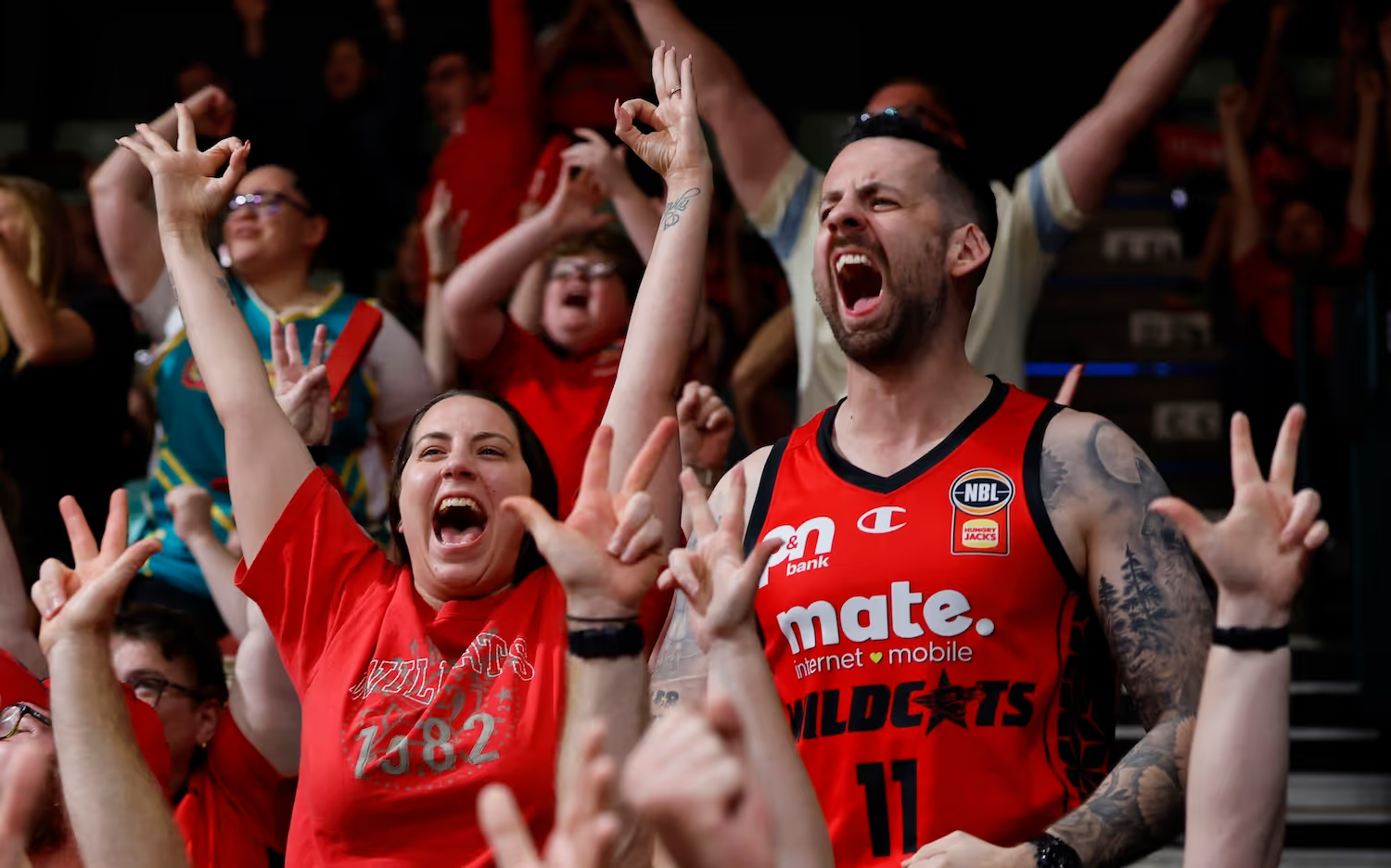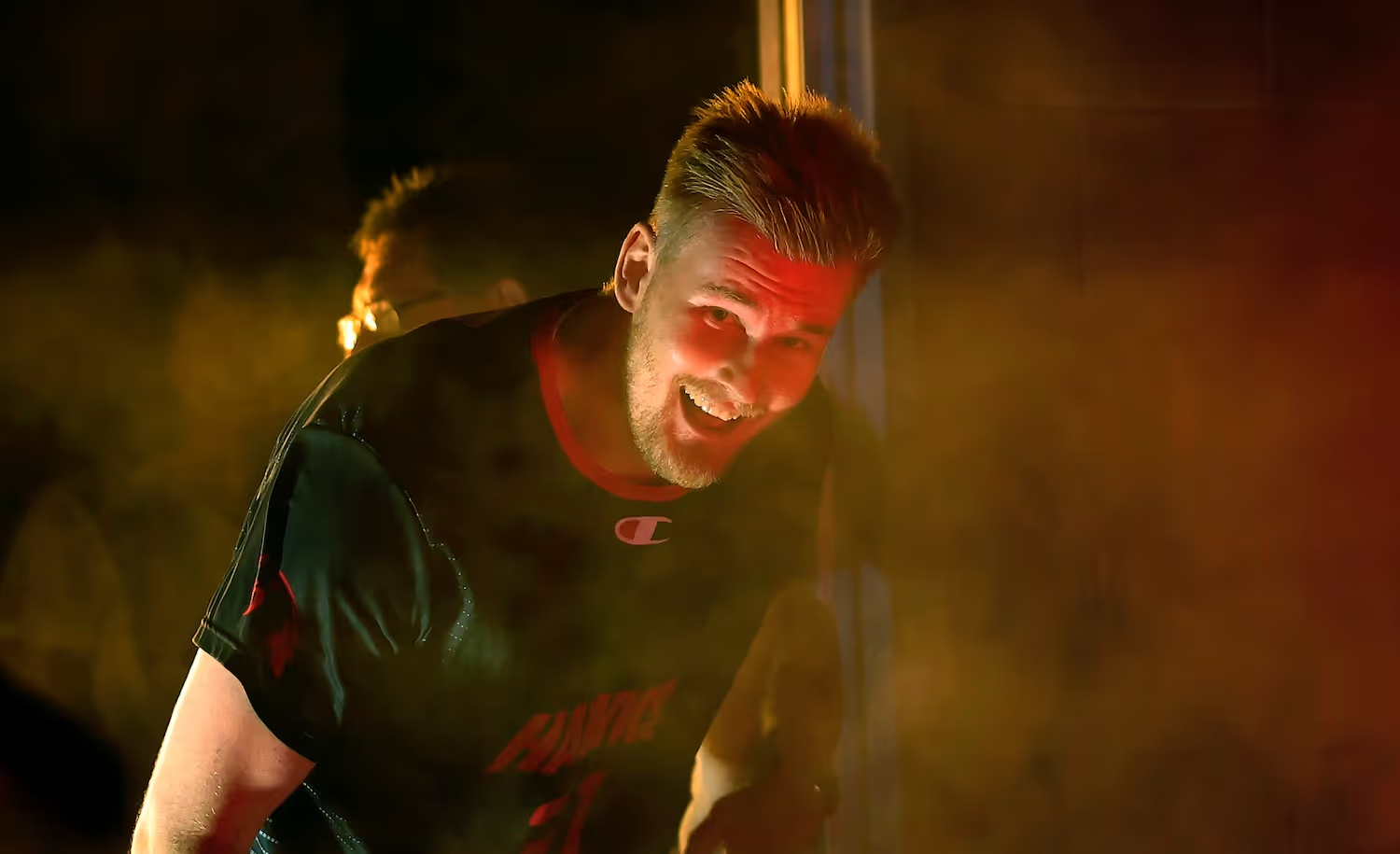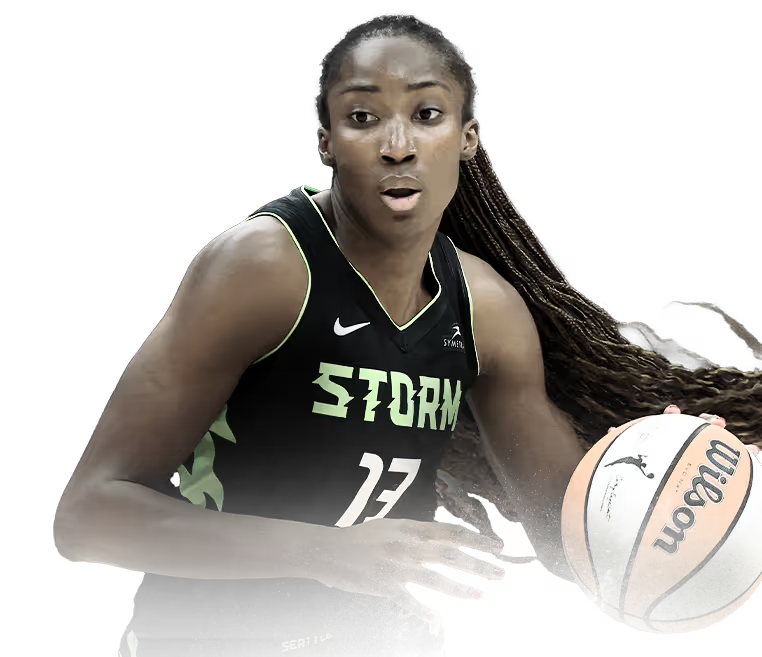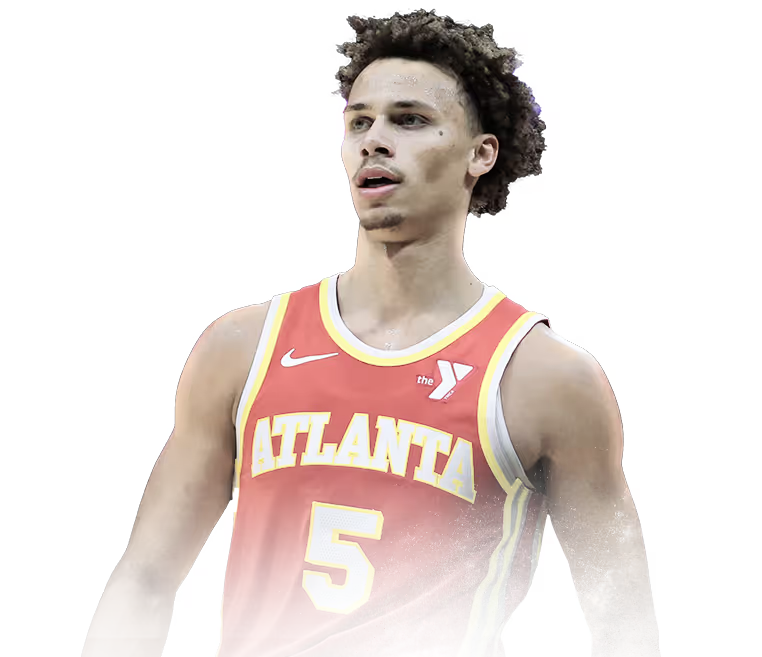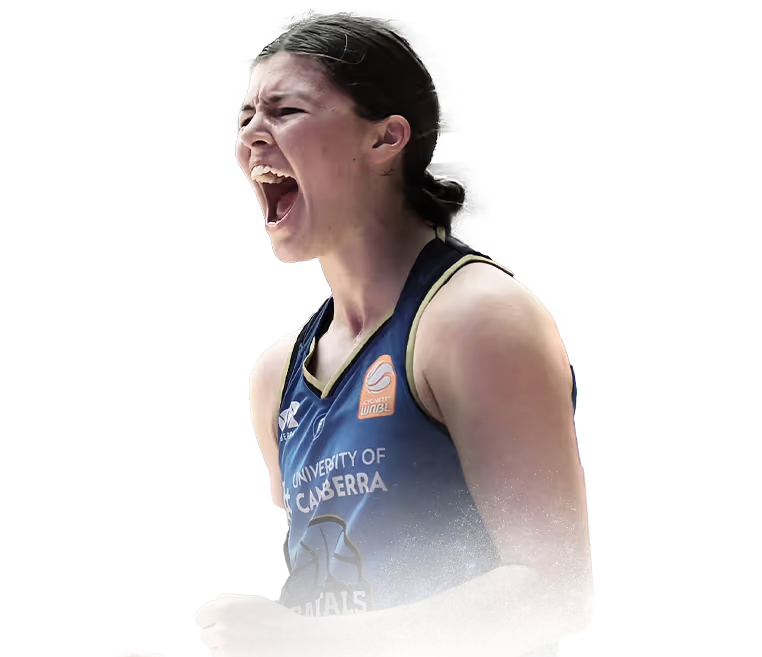

26
Aug
Import Analysis
United's flying Dutchman a blueprint to success
Can Jesse Edwards be the defensive anchor to lead United to a championship in NBL26?
- Jesse Edwards joins Melbourne United after a season in the G League with the Iowa Wolves
- He played with Aussie Rocco Zikarsky at the Minnesota Timberwolves at NBA Summer League
- Edwards follows a long line of defensive-minded bigs for United after the likes of Marcus Lee and Ariel Hukporti
This offseason, we’ve seen a lot of change — be it familiar players at new homes, or fresh faces from overseas, and the result has been a great deal of anticipation around the potential of many original rosters around the league.
Melbourne United, generally, do not tend to be one of those teams each offseason, and for good reason — they often lean into continuity with their roster. While it’s less novel, teams with a consistent core and less personnel rollover tend to find success in the NBL, and with United placing in the top four six out of Dean Vickerman’s eight years at the helm, their results are a testament to the philosophy’s effectiveness.
This year however, United have had to replace some key pieces, quietly replacing every starter outside of Chris Goulding. One key loss is that of journeyman big man Marcus Lee after completing his second stint at the club, replaced by high-flying Dutchman Jesse Edwards.
So, what will Edwards bring to the table, and how will he fit into United’s formula for success?
BASKETBALL BACKGROUND
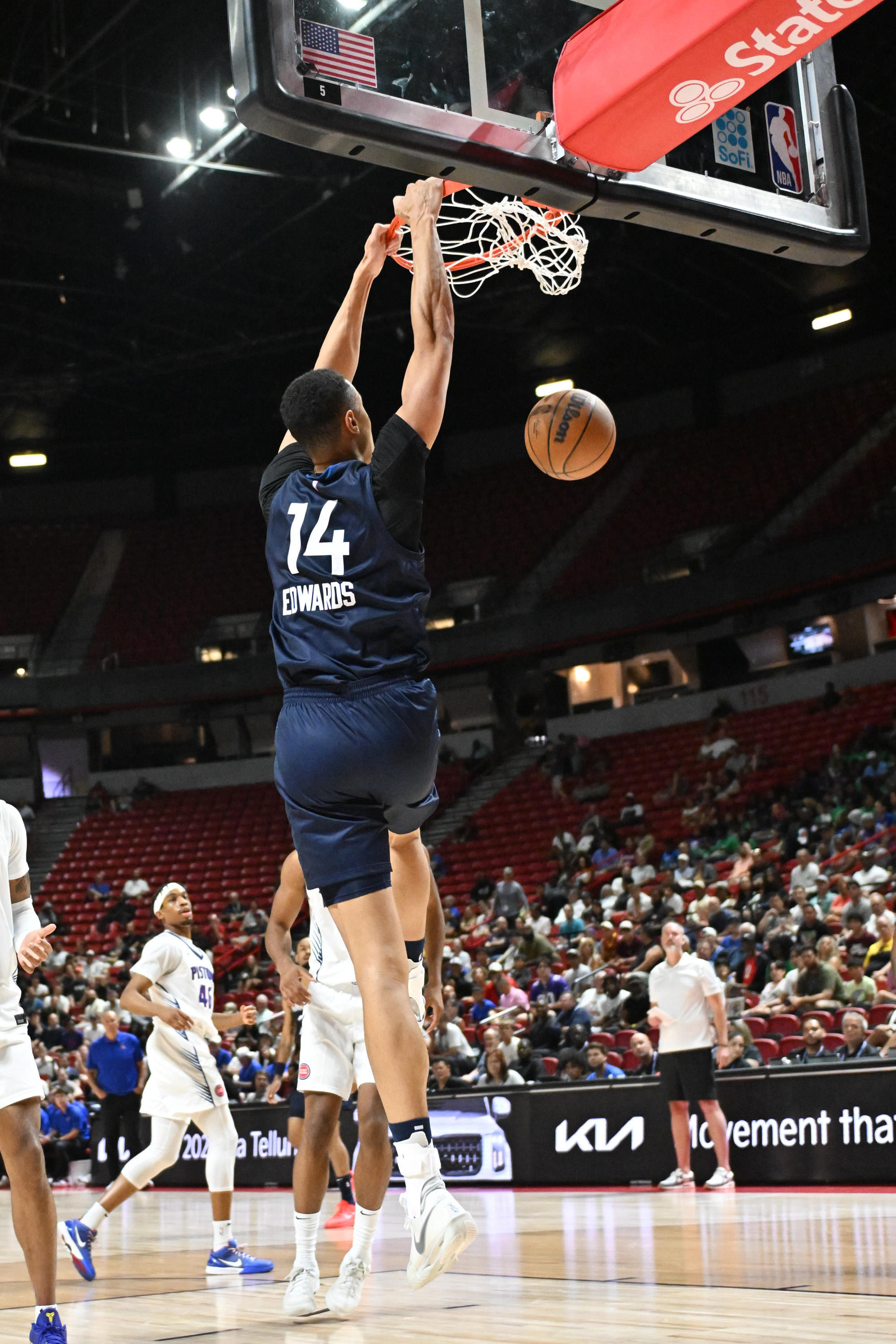
At 25-years-old, Edwards is only one year removed from his college career, where he played four years at Syracuse, followed by a graduate year with West Virginia.
After two quiet years as a freshman and sophomore, Edwards received his breakout opportunity in his junior year, where he was thrust into the starting five spot as a junior despite never averaging more than 10 minutes per game prior, and he excelled. By his senior year, Edwards was one of the best defensive bigs in the ACC, named to the ACC All-Defensive team after beating out Derek Lively as the conference's most prolific shot-blocker with 2.7 rejections a game, along with averaging a double-double with 14.5 points and 10.8 rebounds.
After his final year with West Virginia, Edwards signed a two-way contract with the Minnesota Timberwolves, where he played the year with their G League affiliate, Iowa, continuing his production to the tune of 11.7 points, 8.3 rebounds and two blocks a contest.
AN INSIGHT INTO HIS GAME
What is immediately evident with the recruitment of Edwards is Vickerman’s desire to bring in a big man that can replicate a lot of what Lee brought to the table last season.
Vickerman said as much upon the announcement of his signing: “Looking at our final import spot, we wanted to bring in someone that was an elite rim protector, which Jesse has been across his college and pro career so far. We think he’s got great length, really good timing and elite defensive instincts. He’s also got the mobility to get out and play with pace, which really suits what we’re wanting to do this year".
As far as we can read into Edwards’ rim protection by way of the stats, he slightly exceeded Lee in most of their respective college career metrics.

Edwards certainly passes the eye test, too, with a big frame, length and mobility — everything suggests he should be able to replicate Lee’s defensive impact. One thing of particular note is that Edwards, has an extra 8kg of size on his predecessor too, and his heavier base should provide more effective results against other bigs in the post, of which there are many to contain this season, including Jo Lual-Acuil and Tyrell Harrison.
On the other end of the floor, Edwards has a similar propensity to finish above the rim — mirroring Lee’s proficiency as a lob threat and interior finisher. Much like Lee, he has played a very defined role at every stop, scoring as a cutter, screen and roll finisher, and creating second chance opportunities on the offensive glass. Do not expect any regular jump-shooting or post-ups from Edwards, though he appears to demonstrate better touch around the rim, footwork, and examples of using his off-hand on scores around the paint. Like Lee, they both appear to process the game well enough to make good, basic passes, but will not be high level playmakers for others.
Both players also have relatively identical rebounding metrics.
In many respects, it feels like we’re getting a very similar player from Lee to Edwards, but there are a few key areas of interest where Lee has been limited that could make a big difference.
.jpg)
We know one of the main drawbacks for Lee has been his foul rate, which often holds him back from big minutes in key games. This is an area where Edwards has been marginally better during college (see above), and relatively similar across his one year in the G League. You would have to imagine any difference will probably be off-set by Edwards’ adjustment to NBL refereeing, however.
The other key difference is free throw shooting, with Lee shooting 51.4% from the line across his international career. Edwards was a more respectable 61.9% across college, but on a small sample in the G League last season shot 17-40 (42.5%), so we’ll have to see just how passable he is from the charity stripe, and that outcome will be important, because Edwards gets to the line much more than Lee. In his graduate year at West Virginia, Edwards averaged 9.4 free throw attempts per 40 — that’s more than double Lee has ever achieved.
This difference in drawing fouls, and marginal improvement in converting them, could be attributed to a difference in frame; where Lee appears at his best in space and on the move as a finisher, Edwards has a heavier set frame and is more of a handful in the dunkers spot or playing through contact on catches in the paint — a physical attribute that also makes him a more effective screener. It’s hard to compare scoring volumes, given Lee played on some incredibly stacked Kentucky teams across his career, but with Edwards ending up a top three option on his teams both at Syracuse and West Virginia, there’s potential that this difference just makes him a more prolific finisher than Lee and a more handy offensive contributor as a result.
HIS FIT WITH UNITED
While we touched earlier on United’s uncharacteristic roster turnover this season, continuity can still be achieved through similar roles, and it feels like Edwards will slot effortlessly into the role that Marcus Lee played last season, and Ariel Hukporti before him.
While Vickerman is clearly competent enough to attune play-styles for more go-to post players like Lual-Acuil or Shawn Long, or stretch-five threats like Rob Loe, there’s clearly an affinity for a big man that can anchor the defence, run the floor and be an efficient threat in pick and roll. To that end, Edwards ticks all the boxes.
With a player in that mould, two things are essential — floor spacing, and good guard play, and United appear to have both this season. We know the floor spacing Goulding provides without even touching the rock, new import point guard Tyson Walker has already proven he can knock down open shots in his first pre-season games, and Milton Doyle is always a threat from deep. Finn Delany may not be the optimal frontcourt teammate in that regard, coming off a year shooting 56-from-179 (31.2%) from three in the B2 League, but with United having accommodated the shooting of Luke Travers and Jack White in the position prior, that shouldn’t be a deal breaker.
In terms of good guard play, United have invested in a surplus of playmakers this season. Between Doyle, Ili, and Walker, should have plenty of pick and roll teammates to help feed him the rock.
SUMMARY
United know their blueprint for success, and while the signing of Edwards wouldn’t be defined as ground-breaking, he has shown every capability to be a star in his role and continue Melbourne’s winning ways.
Put simply, Edwards appears to be a younger Marcus Lee-type with a little more youth and scoring upside, and a good bet to be one of, if not the best rim protector in the league. They are very minor nuances, but the bigger frame, ability to draw and knock down free throws, and slightly lower foul rate are all areas that could help Edwards exceed Lee’s more tightly defined role for United last season. Also with teams this season seemingly getting bigger and bigger, the extra size and heft of Edwards might work well to help match-up with some of the league’s frontcourt threats, too.
MICHAEL HOUBEN'S IMPORT REPORTS
- Belgian 'unicorn' SEM's point of difference
- Bucket-getter Bryce is nice for JackJumpers
- JaVale McGee signing no gimmick from Hawks
About the Author
Michael Houben is an Australian basketball writer and scout based in Melbourne, Victoria. As well as covering the game as a journalist, Michael supports US colleges to identify and recruit Australian talent as the owner of Airtime Scouting, and supports grassroots athletes through Airtime Basketball.
Exclusive Newsletter
Aussies in your Inbox: Don't miss a point, assist rebound or steal by Aussies competing overseas. Sign-up now!


